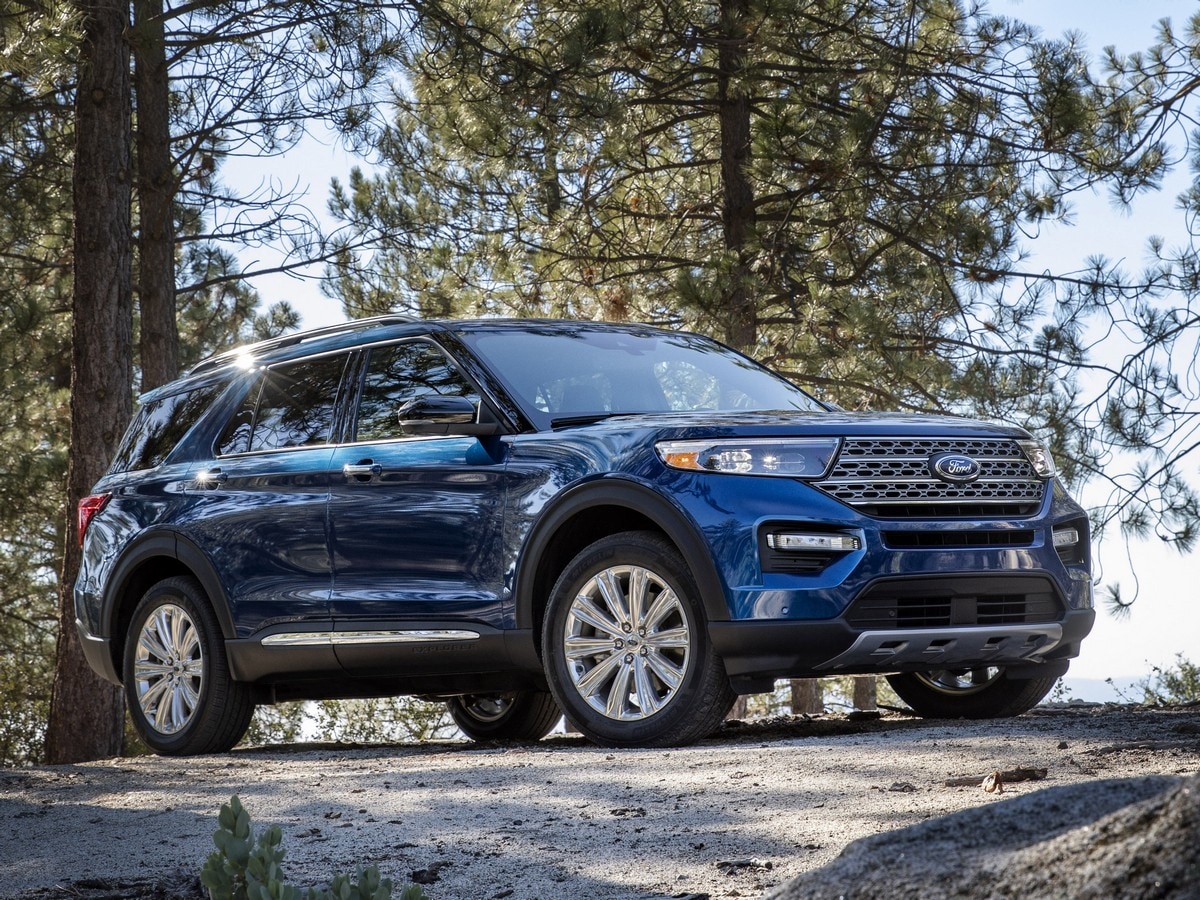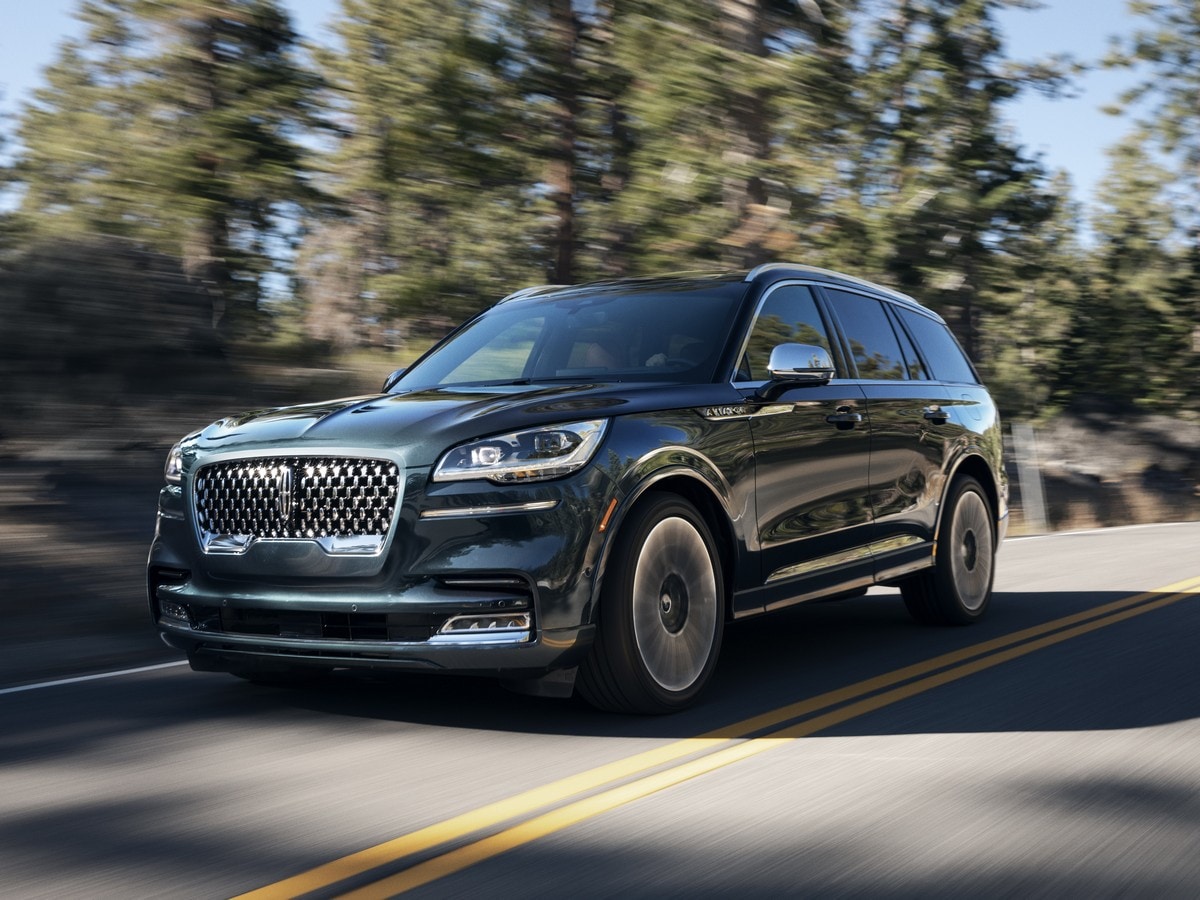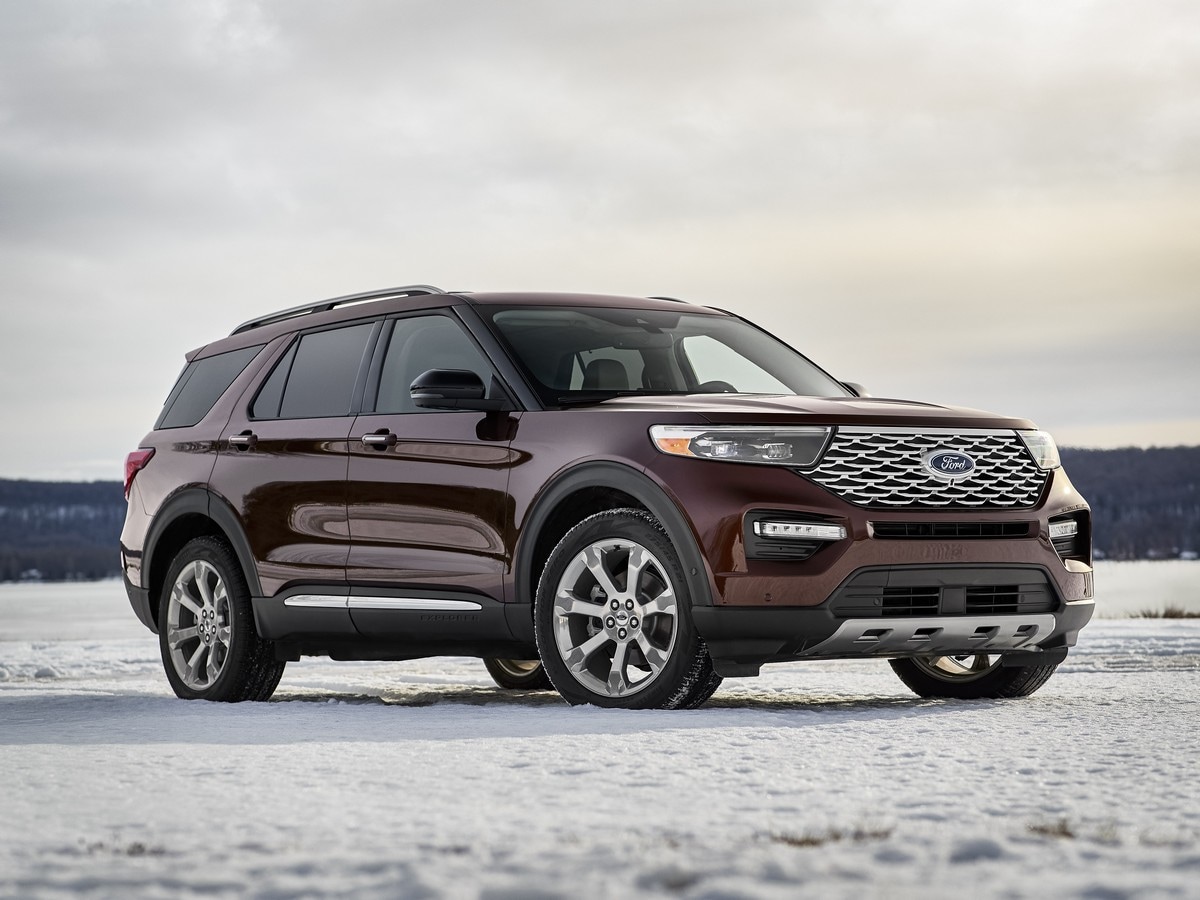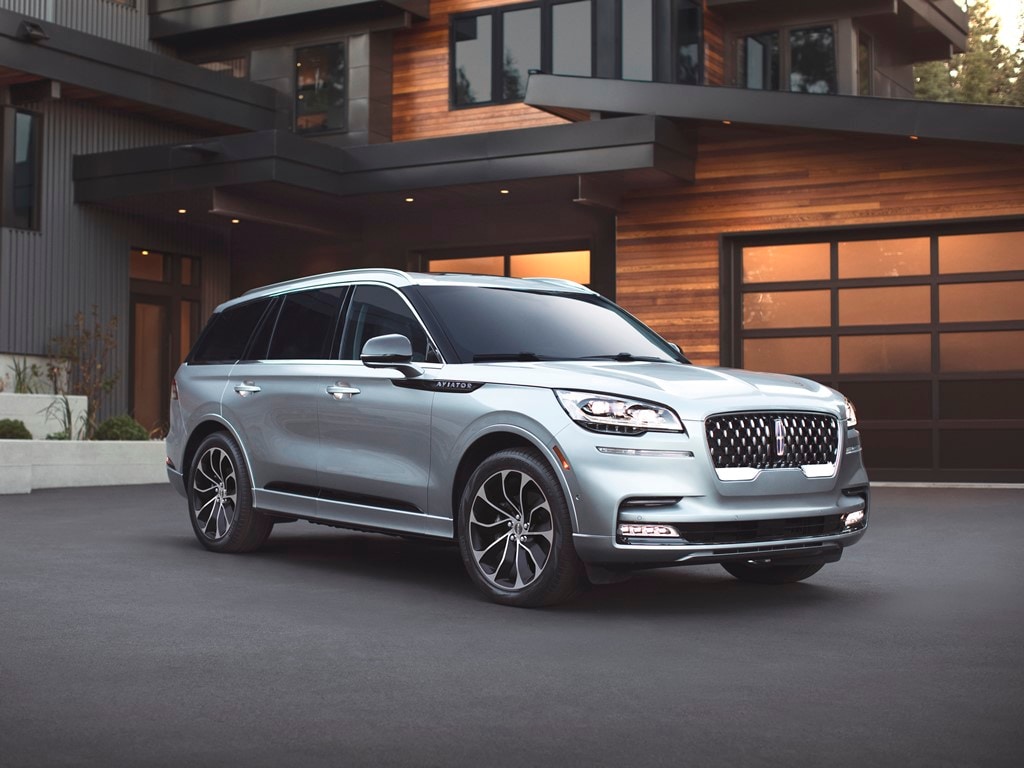As Ford Motor Company’s Design Director, Global Strategic Design (and Design Director of Lincoln), David Woodhouse visits company design studios around the world to help shape future Fords and Lincolns. Woodhouse recently visited Ford’s advanced design studio in Irvine, California, where KBB participated in a wide-ranging round table discussion with the talented designer, who graduated from London-based Royal College of Art and joined Ford in 1999 under J Mays. Some highlights:
What can you tell us about today’s product development process?
It’s a very complicated world we live in with so many stakeholders. A lot of my strategic time is spent with the planners, cycle planning. The shift from sedan to other types of vehicles is paramount at the moment. In the industry, we’re all seeking new silhouettes, new formats of vehicle. So, this is great in a way. Designers have the creative freedom, the creative opportunity, to explore new ideas. You’ve seen our competitors finely chopping the market in the SUV and crossover category. More and more types of products are going to be seen in that space. We’re all in this search for: “What’s the new greatest thing that would be better than an SUV?”
Why have sedans failed to resonate?
With generations, there’s always a reaction to what came before. I think the aspiration to utility as a point of inspiration over the last 20 to 30 years is a really interesting one. If you look into where the interesting SUVs arose from, it’s [their] authenticity, utility and function. We’re in that space right now, but we’re very much exploring and looking to what’s going to be beyond it. We’re already aware that generations now are probably going to react to their parents having SUVs. We’ve got to move quickly to invent what’s the next thing. It’s one of the exciting parts of the job.
Are you trying to make SUVs look more trucklike or carlike these days?
On the Lincoln front, I’ve been very deliberate in what we are trying to do there through Navigator, Aviator and what’s coming next. We’re trying to pull ourselves away from what we’ve seen with our competitors—that more overt performance and sportiness and aggression. Every company tries to find their own space, their own identity. There still seems to be that arms race toward more aggression. That seems to be happening all the time—more overt, more extreme. But I think the companies that stand away from that are going to create their own niche and get into more interesting territory. That’s something we’ve started to do at Lincoln.
The Explorer is all new, but it doesn’t look that much different from the previous one. Why is that?
I’d always caution against responses like that until you’ve seen more of the vehicles on the road. Initially, it’s easy to get the impression that it’s only a subtle change. But when you live with something for a long time – and we’ve been living with the Explorer in the studios for 3-plus years—it’s dialed up the strength of that proposition, the aesthetic strength. I think the package proportion and gesture of the Explorer on the road is going to be really strong. It’s going to be a super strong product on the road and in the market.
What’s the difference between Ford and Lincoln design language?
Explorer to Aviator is a great case. I wouldn’t say the Explorer has any Lincoln influence. I think the two products side by side demonstrate the difference really well. The philosophy with Lincoln has been about this anti-wedge, pulling down toward the back end. When you see an Aviator on the road, it’s going to be really standout because of the gesture of the car pulling it to the rear end. It’s one of these cars that looks better when it is low at the back and high at the front. If you ever see one loaded up, it’s going to look really good. But the Explorer is completely different. It’s the opposite. It’s a very wedge design, which I think tells a story about strength and protection for the occupants and family.
Is that difference in angle of attack something we’ll see more of between the two brands?
I hope so. We keep exploring more and more anti-wedge in thematics. I’ll be quite honest, I haven’t found a point where it goes tilt yet. What you’ll see from Navigator onwards, I think we can keep exploring that area. I think it’s going to be a really strong ingredient moving forward. It does speak about the calmness and serenity and elegance. We don’t want Lincoln to be trying too hard, aggressive. It’s totally the opposite to where a lot of the competitors are.
What does the longitudinal engine in the new Explorer allow you to do differently?
Proportions. They’re the biggest ingredient we have to deal with. The bare bones, the skeleton of the architecture, is so fundamental to us. It’s something we’ve struggled with in the past, and we’ve got to get better at. I think Explorer and Aviator are a start of that. It’s recognizing that proportion has meaning. That is absolutely fundamental as the cornerstone of everything we should be doing. It goes well beyond extending the dash to axle ratio. If you haven’t got optimum proportions, then it’s a complete straightjacket on execution. You can’t execute the meaning that’s needed.
With design, what’s happened with the big switch from sedans to SUVs and crossovers?
There’s been a recalibration of design talent. Years ago, all the best designers wanted to do the cars. The B team would be on SUVs. When I joined Land Rover in the 1990s, it was certainly that situation. This is back when there were Rover cars and Land Rovers. And yet the success of the market has actually flipped that right now, so you’ve got the A teams working on all the SUV products. That’s really telling. You’re seeing that in what all the manufacturers are putting out there. You can see the level of attention and talent that is being applied to those products. It has really flipped. Any project is exciting; it’s what you want to make it be. There are great ideas for any subject.
Are we any closer to a truly global platform than we were 20 years ago?
No. I would say it has swung the other way, to a degree. We’re recognizing the needs of markets clearer. Back to fundamental customer needs. I think we’re a lot less close than we were 20 or 30 years ago.
What do you think of SUV coupes?
I think manufacturers are shaving that segment closer and closer, trying to find new ideas there. I think the coupes are great. High ride height. There are some competitors out there that are putting so many out there in that kind of area. It’s obviously a bit of a test to see what resonates, what customers like. Everyone is trying to invent something new in that space.
Will Lincoln and Ford go in that direction?
I think we’re all in that realm of trying to invent new ideas in that space, for sure. How can we find something fresh in the SUV and crossover category?
The 2020 Ford Bronco: How many times can you go to the retro well?
I don’t think we do. I’ll be quite honest: I think we learned those lessons in the 1990s. Retro designers know there is nowhere else to go with that, right? Although obviously the Bronco name might be old, I don’t think the product, when it comes out, will be thought of as an old thing. It’s a wholly modern product. It’s got to be authentic. It’s got to be true to the name. I don’t think it’s tapping a retro thing as much as maybe the name should have never gone away. That is very different to the 1990s when you were getting these retro future thematics that were just trying to get to a more emotional time in design. I don’t think anyone thinks that’s the way forward these days.
Does American design have a signature?
For sure. A big part of the appeal of Lincoln in China is its Americanness. It’s the association of glamour, the Kennedys, Hollywood, film stars, that’s known there. I think the presidential cars in China were Lincolns and Buicks, so there’s a knowledge of Lincoln going way back. Consciously or subconsciously, I think it’s scale, grandeur. It comes back to the American landscape being vast and open. The sort of wide-screen format. The horizontal emphasis is absolutely fundamental. I’m really proud of the Navigator interior because of its coast to coast full width linear feeling. This is deliberately to set up a feeling of calmness. That sanctuary aspect. I think that’s wholly American.












